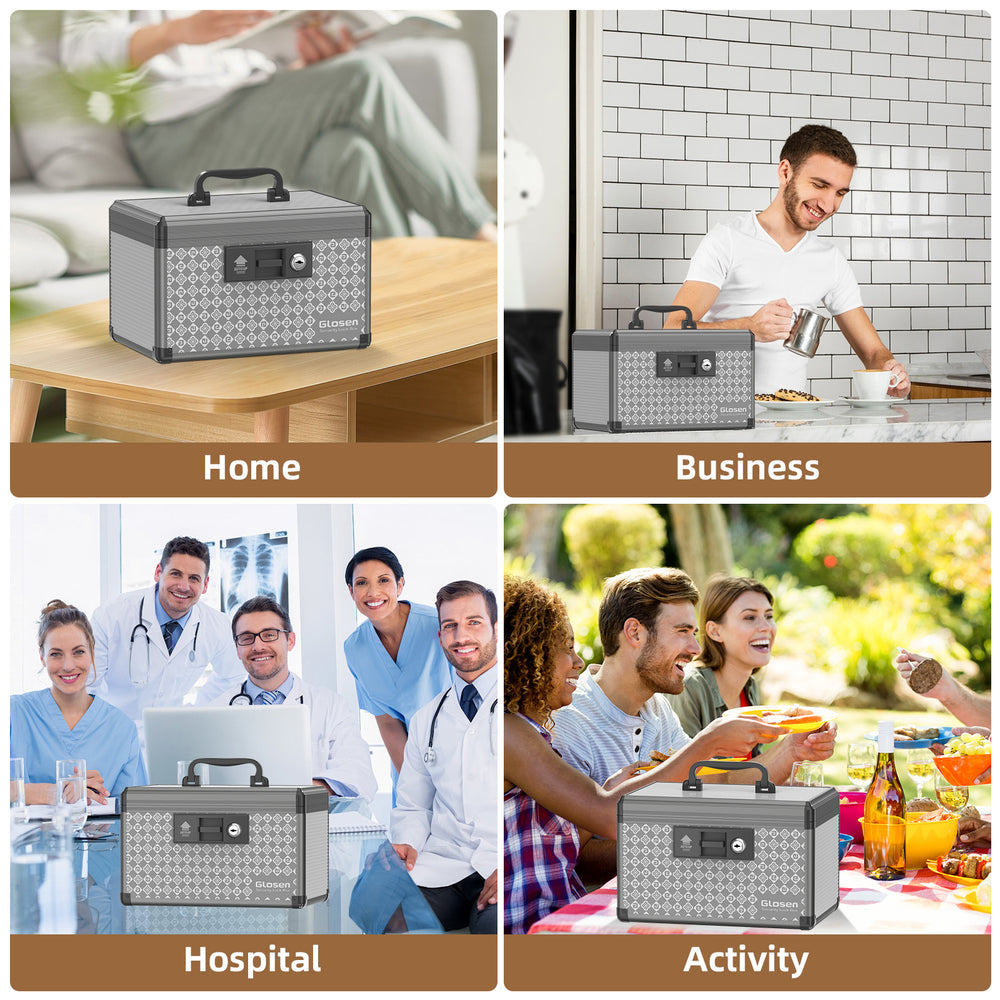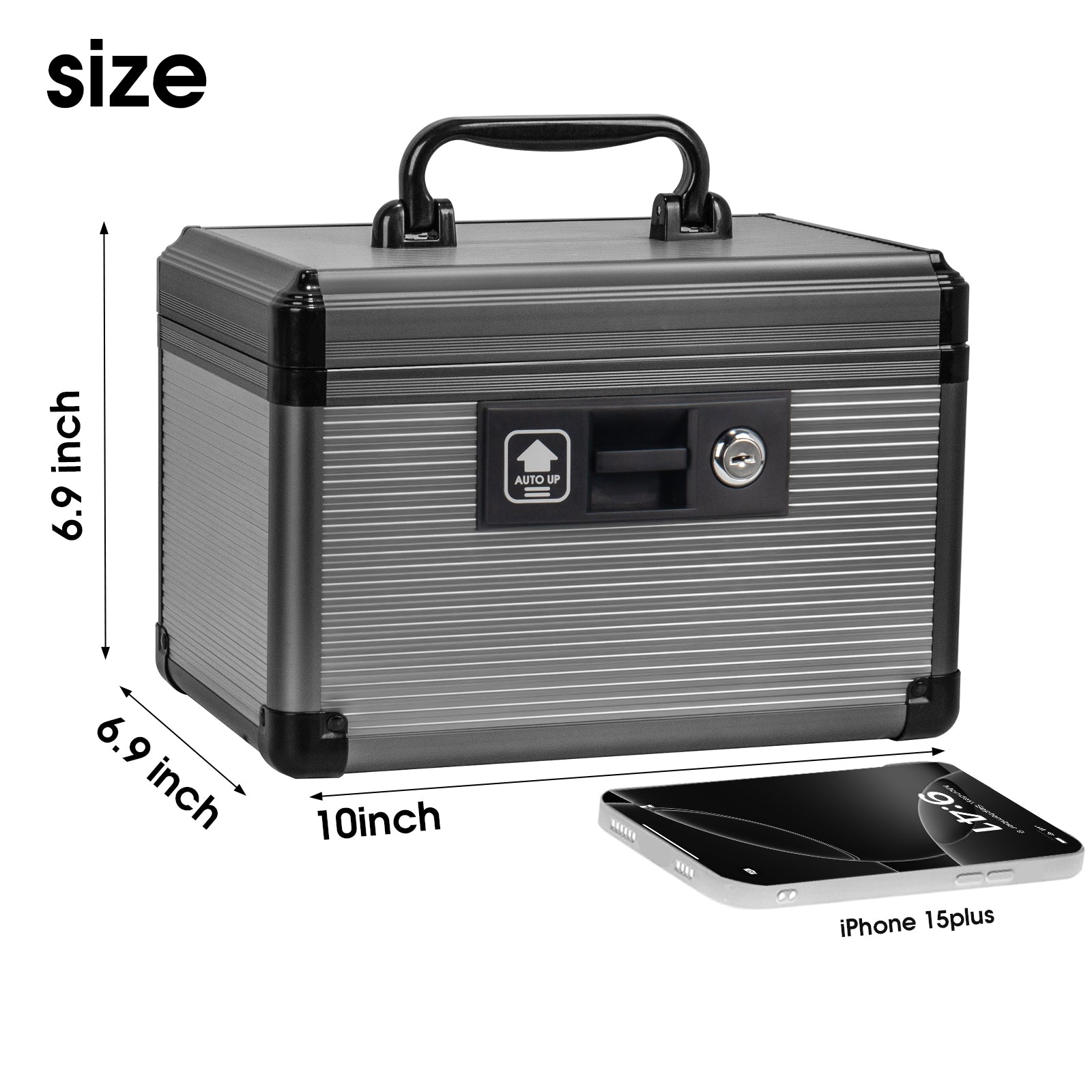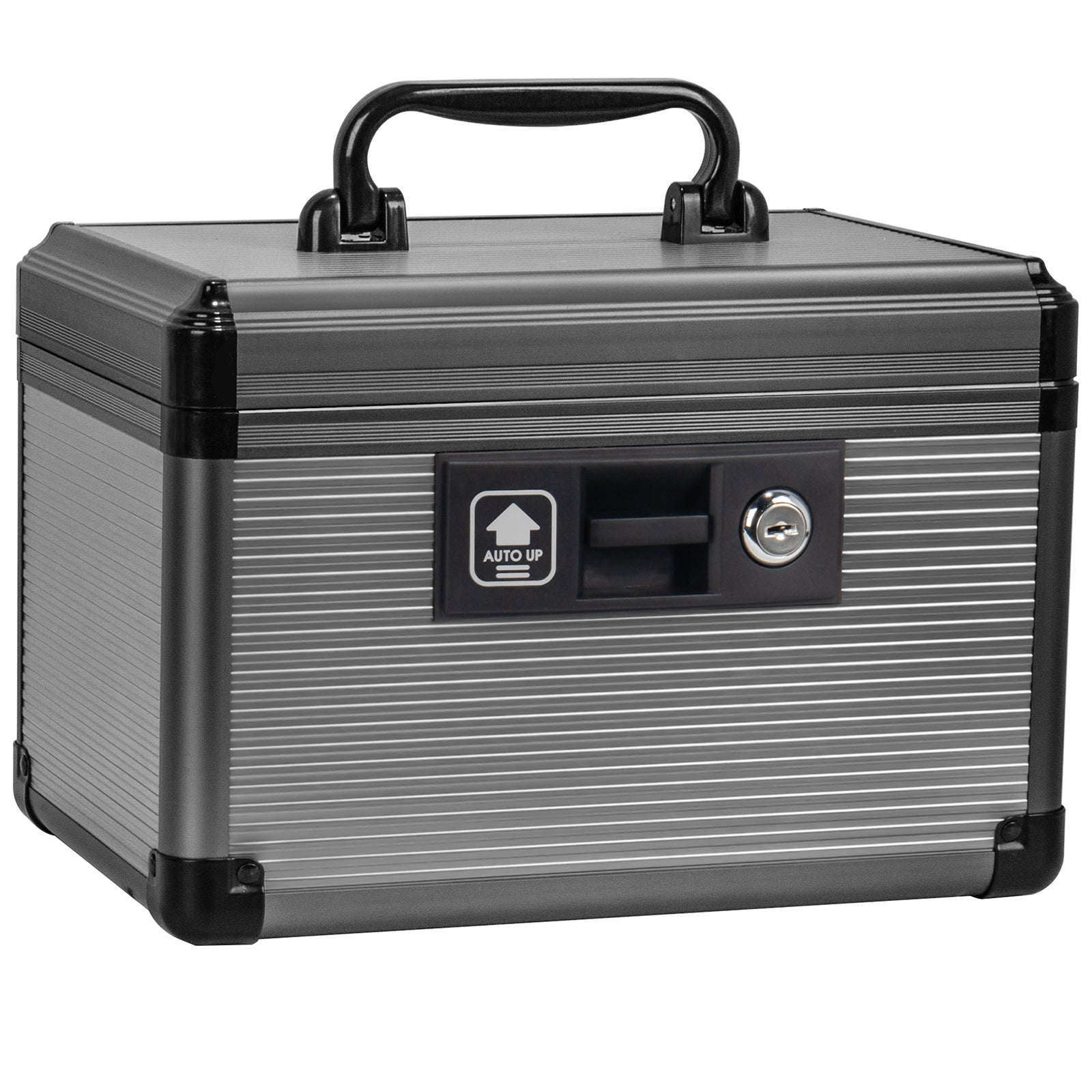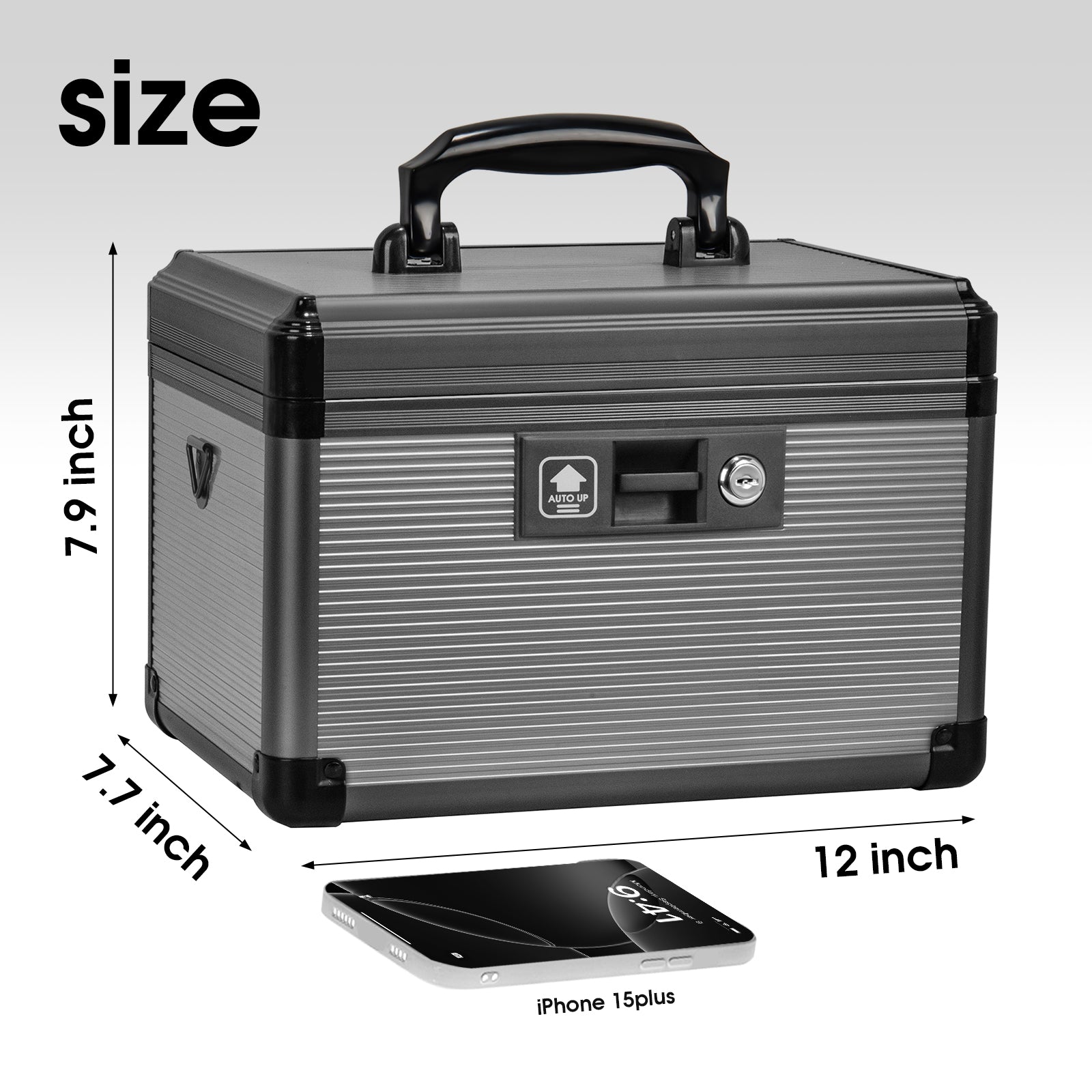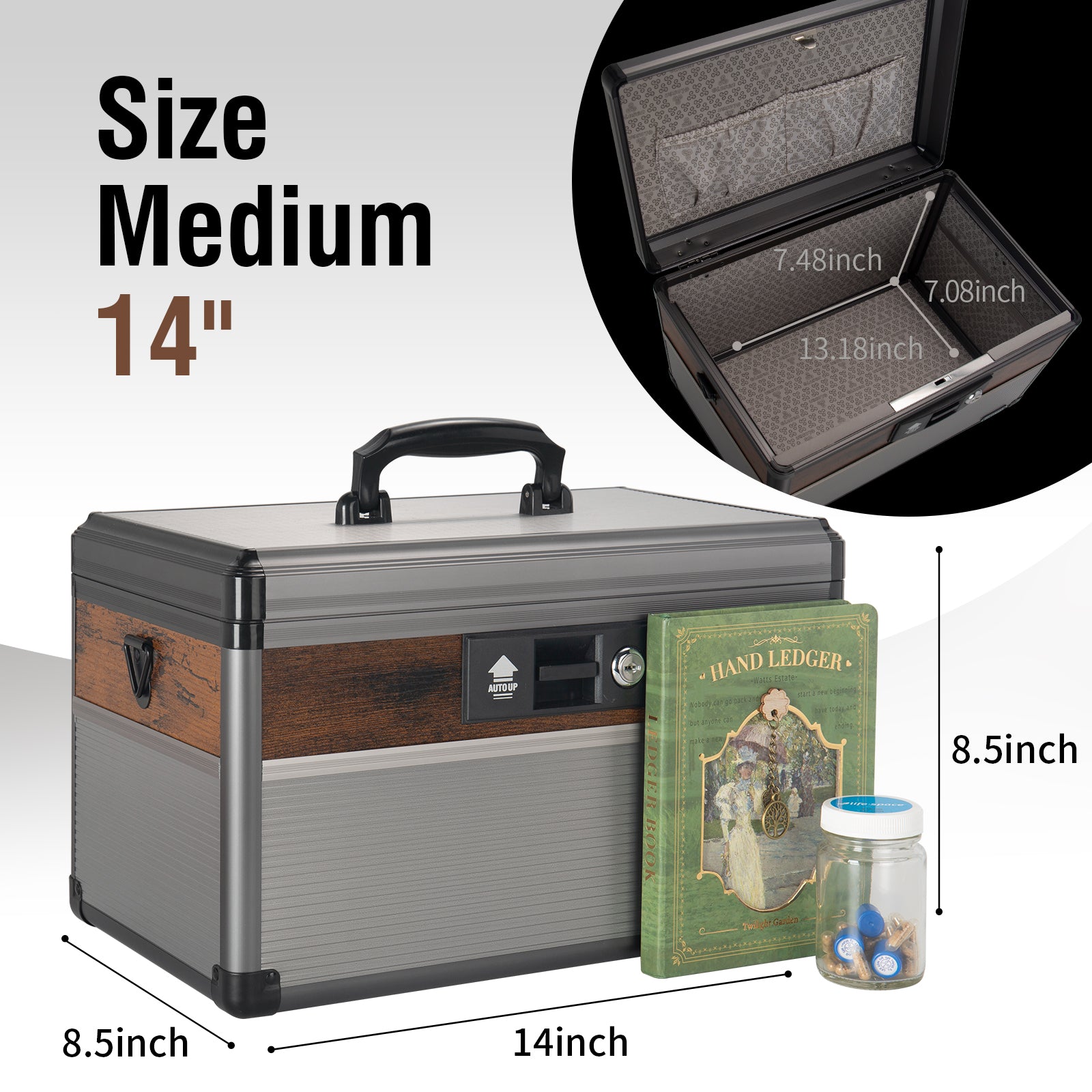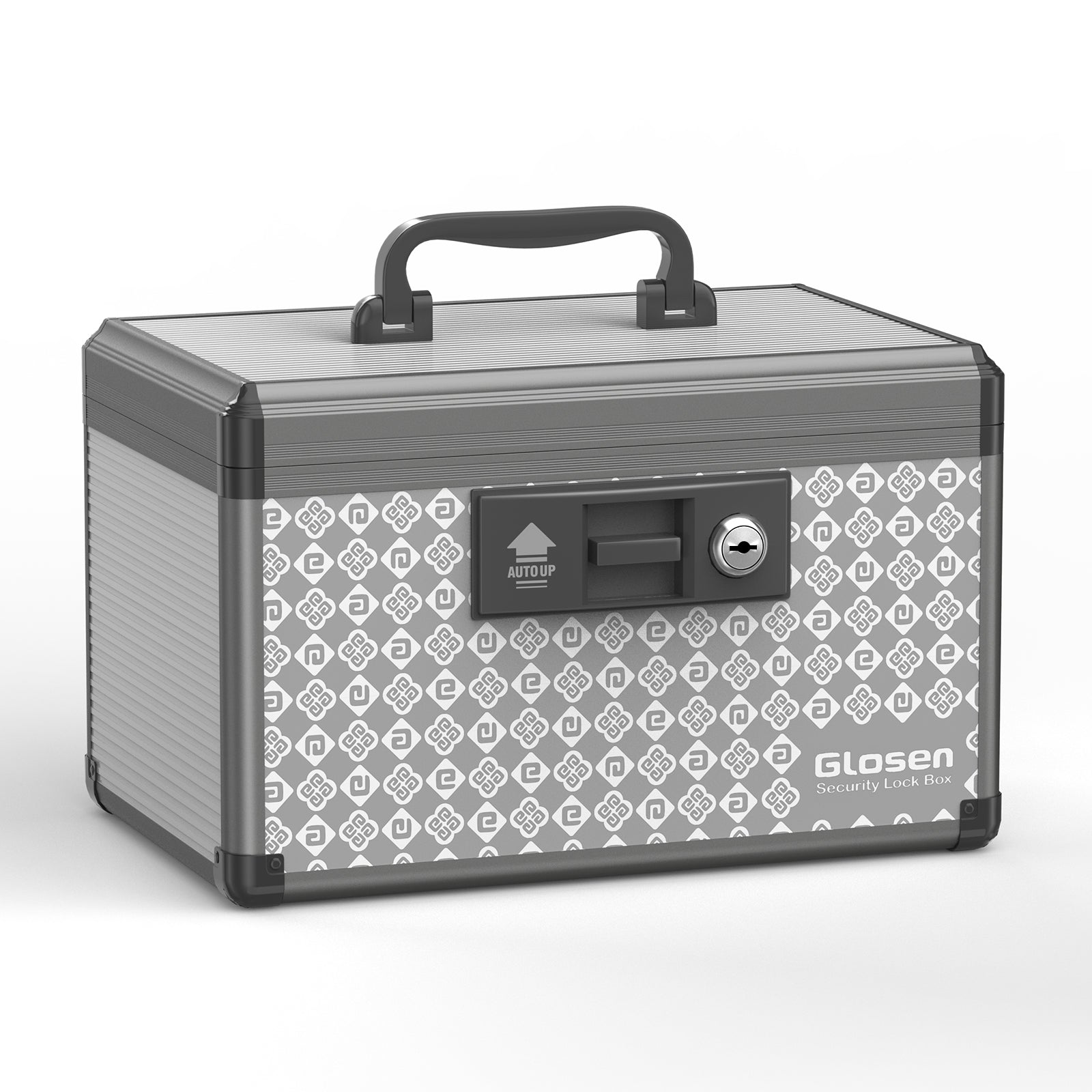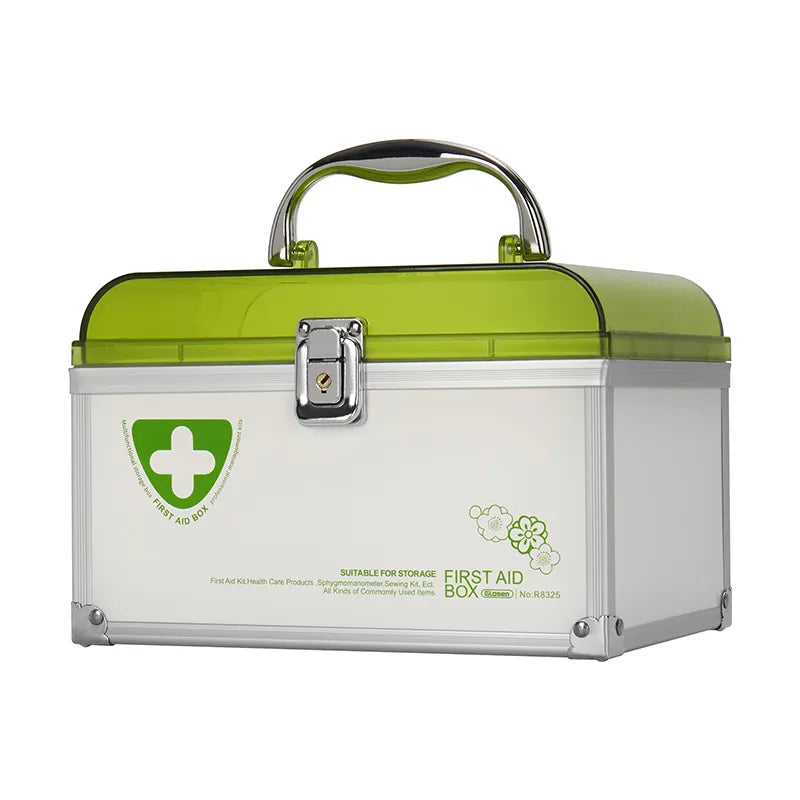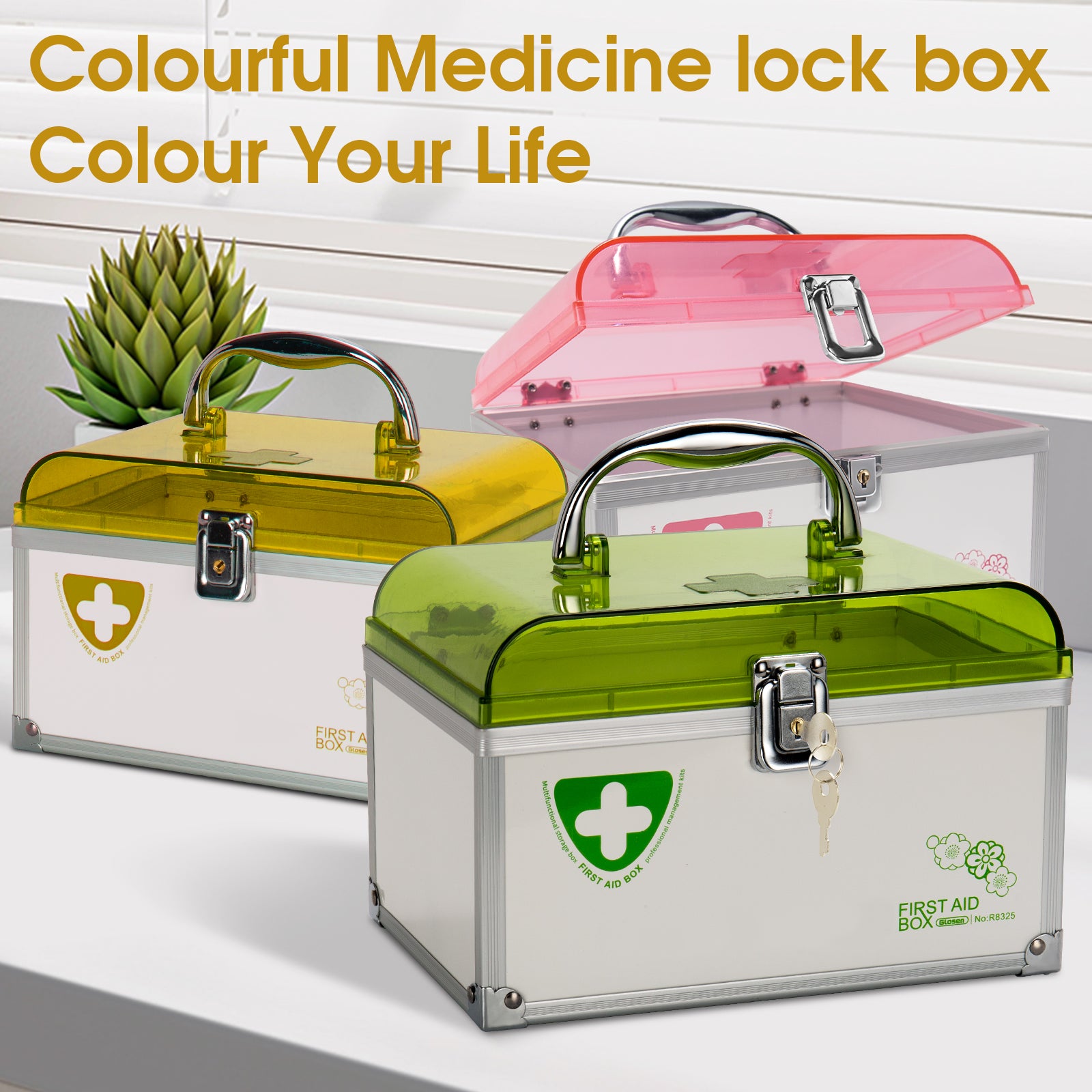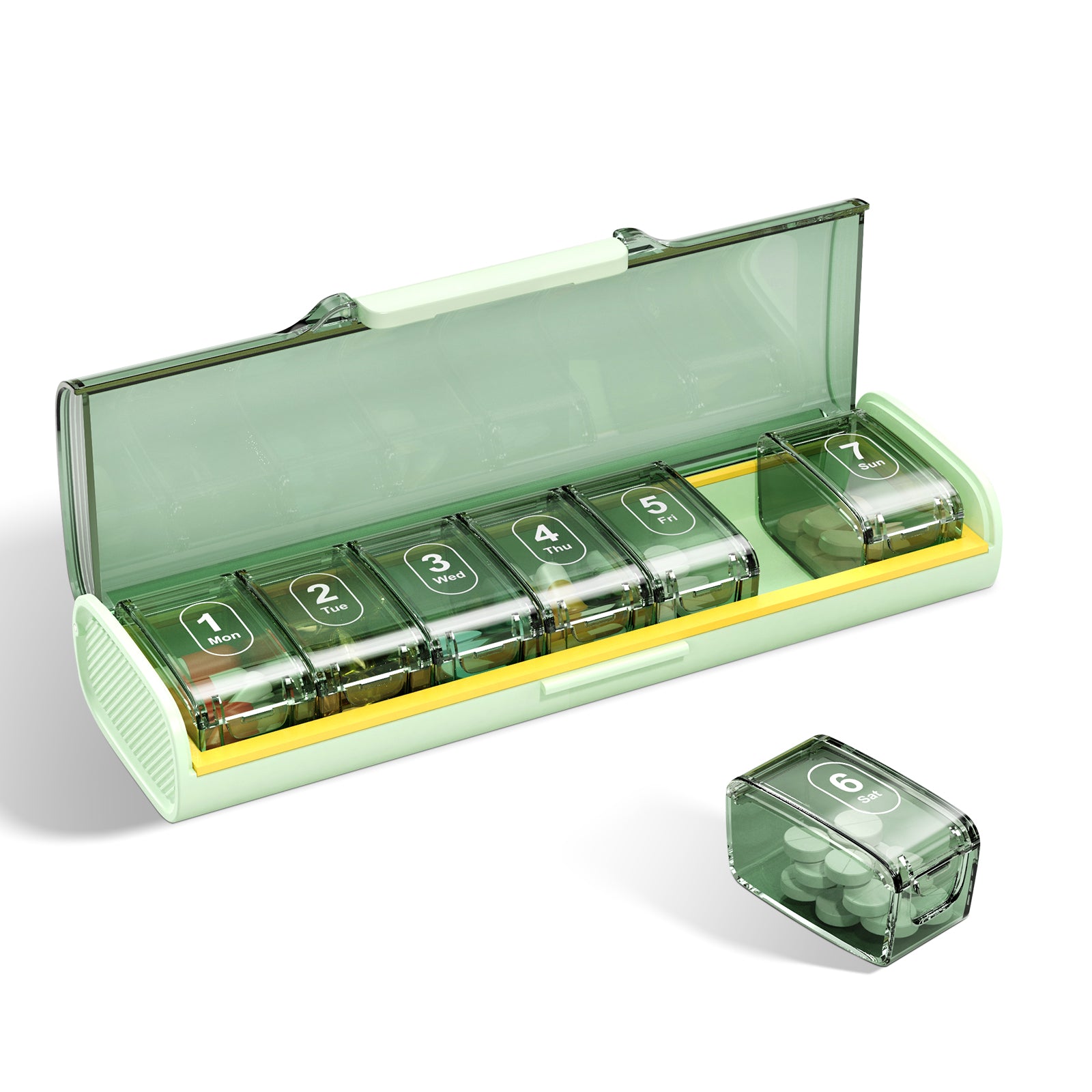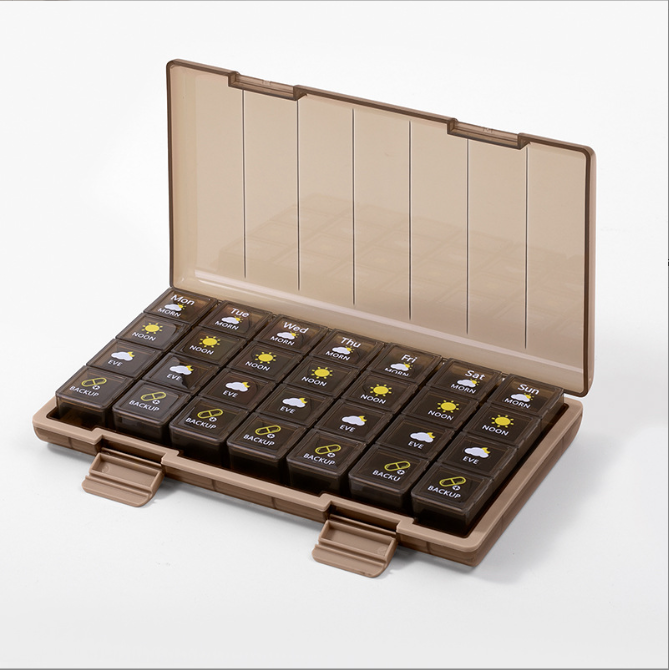
When you follow through on feedback, a suggestion box shows your employees that you’re committed to change. Here’s how to make it work.
People Ops

You've probably seen a comment box on the countertop at the gym or a wooden suggestion box at your neighborhood small businesses, with comment cards stacked next to it inviting you to rate your experience. Capturing this customer feedback in a low-stakes way when it’s most relevant makes sense.
That said, a physical employee suggestion box and a pile of well-intentioned suggestion cards in the breakroom doesn’t have the same impact in today’s workplaces. Even less so now that many companies embrace hybrid or remote working with distributed teams.
Most people assume that whatever submission lands in the digital or physical box will collect dust long before it ever reaches the manager's desk. Without the right approach, your employee suggestion box is a clumsy analog tool that offers little value. It’s time to find a better way to engage with your team members, gather their feedback, and make change happen.
In this article, we'll dive into:
- How suggestion boxes work
- Pros and cons of traditional suggestion boxes
- What to consider before introducing a suggestion box
- A better approach to suggestion boxes
- Top tips for suggestion box success
How suggestion boxes work
If employee engagement is a priority for your company, a physical or virtual suggestion box can be a good place to start. For physical suggestion boxes, employees can drop their ideas in with a short suggestion form or note. With virtual employee suggestion boxes, the same thing happens — only with a digital form or anonymous channel instead of a drop box.
This format gives your employees a space to share anonymous feedback — so there’s no pressure, and total freedom to be honest about what’s on their minds. It’s a great way to introduce a culture of feedback and collect ideas, suggestions, and criticisms in a simple way.
Some of the employee feedback topics that might land in your collection box include:
- Working conditions
- Internal processes
- Tools and apps
- Events and opportunities
- Holiday or leave entitlement
- Company culture
- Pay and rewards
- Team building
- Human resources and policies
- Issues with coworkers or management
In theory, a suggestion box (especially a digital suggestion box) gives everyone a place to share their opinion or suggestion anonymously. In reality, they’re not used to their full potential — and your team members’ best ideas are left unsaid.
Exploring the pros and cons of traditional employee suggestion boxes

Employee suggestion boxes have the potential to be a welcome addition to your feedback culture, but they also have their drawbacks. These anonymous suggestion boxes help get great ideas noticed, but you need to commit to the follow-up to encourage people to use them.
Before you rush into the equivalent of installing a wall-mounted suggestion box in your digital workplace, consider these pros and cons.
Employee suggestion boxes: the pros
There’s no denying that employee suggestion boxes can be useful. They are a valuable way to collect ideas and feedback and get them to the people that can make change happen. Here are some of the best benefits of having a place to share ideas:
- Boost employee morale: When there's meaningful follow-through on a suggestion, it can re-engage employees and make them know their voices are heard — improving employee morale.
- Promote inclusivity in anonymity: Whether you have soft-spoken colleagues or new team members, anonymity can encourage them to share their thoughts and constructive feedback in a secure environment. This might even help them be more engaged in other places, like meetings or brainstorming sessions, as they gain confidence at work.
- Improve problem-solving: If the team knows that feedback is taken seriously, they are more likely to continuously hunt for and highlight opportunities to improve systems and processes.
- Encourage innovation: Capturing ideas means you can innovate faster. A suggestion box gives everyone a place to contribute exciting ideas and share opportunities, whether they’re on the project team or not.
-
Promote a culture of feedback: A culture of feedback often starts with the smallest of acts. Introducing a suggestion or ideas box reinforces the idea that feedback matters, is valued, and is acted on.
Employee suggestion boxes: the cons
For all their pros, these boxes also have cons. Encouraging people to dig deep and share what they don’t like can lead to a negative feeling in the workplace, and people can lose trust if their feedback is never acted upon. Here are some of the potential pitfalls of introducing a suggestion box:
- Increased negativity: If employees are deeply unsatisfied or disengaged, they might use this as an opportunity to vent rather than offer meaningful solutions.
- It feels like more work: To position the suggestion box as a tool to help improve the workplace, you’ll need to make sure you review and respond when you say you will — but this causes more work for managers or the HR team.
- Deteriorated trust: Your actions need to match your words. If you don't have the time to review and action suggestions, people will lose hope and stop engaging with the concept.
- Loss of credit for great ideas: We all love to get credit for our best ideas. The anonymity of a suggestion box can make it harder to celebrate and honor your innovators.
- Lack of interest in engaging with the suggestion box: With busy schedules and plenty of distractions around, you need to find a way to get people engaged with your feedback box. Otherwise, nobody will use it and the cycle continues.
What to consider before you introduce an employee suggestion box

Weighing up the pros and cons, having some way to gather early-stage ideas or relevant feedback or challenges from your team members feels like a win. Before you introduce a feedback box though, think about how you can make it work and avoid those looming drawbacks.
Ask yourself these questions before you launch your new suggestion box:
- What’s standing in the way of people being able to give feedback right now?
- What does best practice look like? What should my guidelines and process be?
- What does the feedback loop look like? Who should be involved?
- Can I share clear guidelines on what the box is, how to use it, and what the process is for reviewing feedback?
- Do I have time to review employee ideas and follow up with an action plan? If not, can someone else handle this?
- How will I deal with negative feedback about a bad boss or toxic coworker?
- Is there a feedback culture already? If not, how can I shape this moving forward?
- Do I have buy-in from the senior leadership team? What about managers and team members?
- Can I find a way to recognize and reward helpful suggestions, without compromising anonymity?
- Are people likely to engage with this? If not, how can I encourage them to?
- Do I have the right feedback tools or suggestion box software to make this a success?
- Is an employee suggestion box really what I need, or is there a better way to gather feedback?
How to get more from your employee suggestion box
There are always ways you can get more from your suggestion box. Here are our best tips on how to run, promote, and encourage engagement with your employee suggestion program.
1. Make your suggestion box easy to use
leave the floor open for ideas and comments of any kind.
2. Remind people to get involved
Most of us aren’t great at remembering what we want to do. Give your team members a nudge every now and then to remind them to use your suggestion box (or equivalent), so it’s top-of-mind when they have something to say.
3.Give updates on what’s happening
People want to feel like their feedback gets taken seriously, and doesn’t end up lost in someone’s inbox. Make it a priority to communicate what happens next and create a sense of trust and accountability across the whole company.
4.Introduce rewards and incentives
It’s not always easy to get people to engage with feedback initiatives. If participation is low, find ways to incentivize your team to give feedback and be part of making your company a better place to work.
Recognize creators, innovators, and makers with kudos, extra large shoutouts, raffle tickets for prizes, and rewards like gift cards through an employee recognition system. Create and host staff awards where you celebrate individuals’ contributions. Host a brunch or lunch for your team as a thank you for taking the time to give honest feedback and review the results together.
5.Create a culture of continuous feedback
Your suggestion box should only be part of your feedback toolkit. Use this as an opportunity to go all-in and create a system of continuous feedback right across your organization.
Make feedback and continuous improvement a core part of how you operate. Ask for insights on your onboarding process, encourage team members to rate their last 1:1 meeting, and introduce employee surveys that capture data on a regular basis. Use everything you learn to improve the employee experience at your company.
Take your team's suggestions further with Glosen
Your team members want to feel like their feedback — good or bad — is heard.Glosen streamlines the entire suggestion box process from start to finish, making it easier for you and your team to capture ideas, manage risks, and take positive action.
We're confident that this is an upgrade that will thrill your team.


